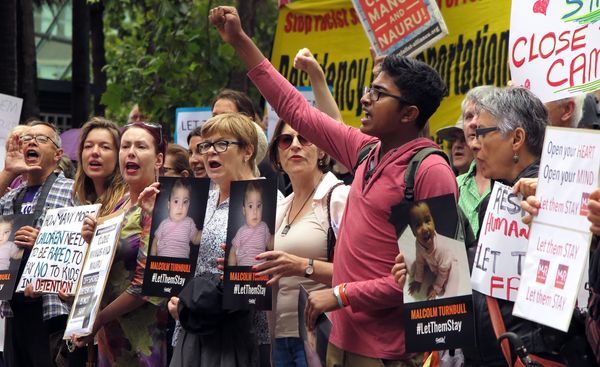WASHINGTON – The United States should be entering a new chapter in the coronavirus pandemic – but there are several potential “curveballs” ahead that could reverse progress, Dr. Rochelle Walensky, director of the Centers for Disease Control and Prevention, said in an interview on Friday.
A day after she announced sweeping changes to federal mask guidance, Walensky cautioned that the pandemic may not be fully over for vaccinated Americans.
“We’d be naive to think we’re completely out of this,” she told McClatchy. “We need to remain vigilant. I’m hopeful that we’re completely out of it, but what we need to do is see where we are in the fall with our vaccination rates, with our case rates.”
The CDC announcement declaring it safe for fully vaccinated people to attend nearly all indoor and outdoor gatherings, large and small, without masks was a significant step toward a return to normalcy after more than a year in which over 580,000 COVID-19 deaths were recorded in the United States.
“This should be a new chapter, but having dealt with this pandemic both as a clinician and a public health steward and now at the CDC, I think we would be naive to think we haven’t gotten some curveballs along the way,” Walensky said.
Coronavirus cases have dropped by roughly a third across the United States in recent weeks, and with less virus circulating throughout the country, “we are not giving the virus really a very good chance to emerge with new variants,” she said.
Roughly 8% to 10% of all positive coronavirus tests in the United States are being examined to determine which variants are circulating. Currently, the CDC says the available vaccines protect against the most prevalent variants in the United States.
There are several potential curveballs ahead.
“One of the things I think we really need to watch for is that, internationally, of course, there are surges in many different countries right now,” Walensky said. “And when you have those surges, then new variants can emerge. And sometimes those variants – especially as vaccine rates in those countries are going up – have the potential of evading the vaccines.”
“Those variants could potentially come to the United States,” she added.
Another curveball may come in the fall, nine months after some of the most vulnerable Americans first received their vaccine doses. Vaccine manufacturers, the CDC and other government agencies are closely monitoring whether the effectiveness of the vaccines will wane around that time.
Walensky said that public health officials are working to determine how long the vaccines stay effective among those who were vaccinated first, and looking among that group for cases of fully vaccinated people testing positive for the virus.
“We also need to understand that among the first people who were vaccinated were people in long-term care facilities, frail or elderly people who might be the earliest to wane, right – they might not have had the best of all immune responses to begin with,” she added.
“So we’re following that really carefully, and we don’t really know when people will need a boost. But we want to be ready when they do,” she said.
Walensky informed the White House of the CDC decision the night before the announcement. She had been shuttling back and forth between Washington and Atlanta, where the CDC is based, throughout an exceptionally busy week, testifying before Congress, recommending the use of Pfizer’s coronavirus vaccine among adolescents and preparing the new mask guidance.
The next CDC guidance update will likely address travel, given the demand from people eager to make decisions on their summer vacation plans, she said.
Walensky described Thursday’s announcement as the culmination of dozens of calls with scientists and experts, the convergence of key data points – and her best day as CDC director so far.
“These days are long. These days are hard,” Walensky said. “Yesterday was probably the best, I can tell you that.”
After this week’s announcement, some public health experts also expressed concern that the new CDC guidance would essentially mark the end of social distancing and mask mandates altogether. While the new guidance recommends unvaccinated people continue wearing masks, some experts fear it will have the opposite effect, encouraging unvaccinated people to go maskless indoors.
That could potentially lead to an increase in cases, or an increase in “breakthrough” infections – when fully vaccinated people test positive for the virus.
“Do we need to watch for that? Absolutely,” she said. “What I would also say is we don’t live in a homogeneous country. We have areas of this country that have more disease than others. We have areas of this country that have much lower vaccination rates than others.”
Walensky said the new guidance was intended to place responsibility back on individuals and local communities.
“I’m really hopeful that local jurisdictions will take that information into account as they make their own local decisions about whether to relieve mask mandates,” she said. “I’m really hopeful that the American people will be responsible with their own health.”







